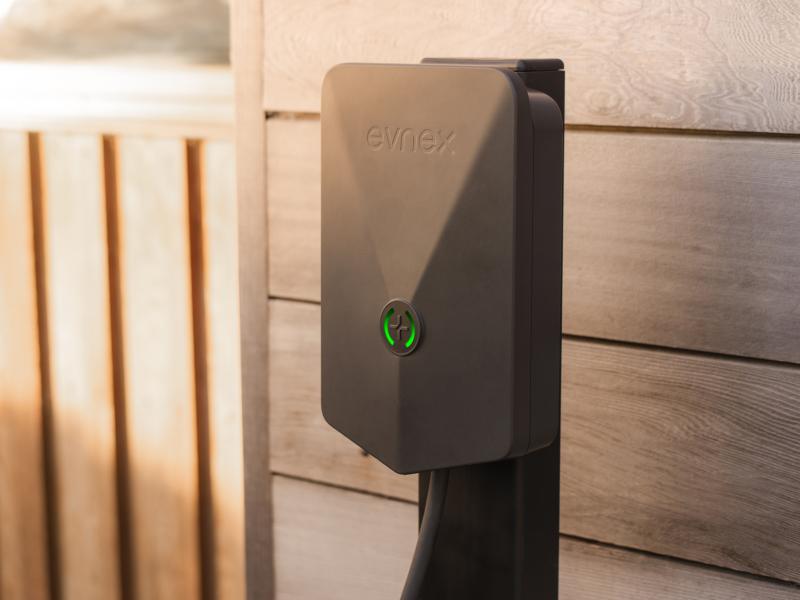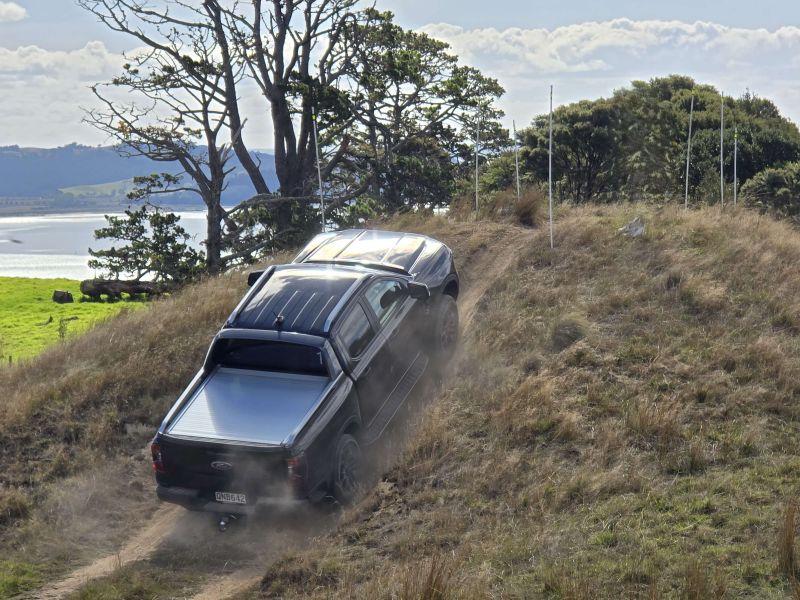A couple of interesting things have been happening on the electric vehicle front. Just about all the pure EVs which have been sold in New Zealand have been the Nissan Leaf, and, indeed, it’s the only one that’s vaguely affordable in today’s market, the BMW i3 and i8, and the Tesla models, attracting premium dollars.
Now here’s a thing; Nissan New Zealand has run out of Leafs for sale, and can’t say when there’ll be any more. A new model is apparently on the way, but whether it’ll come onto the market at the same level as the current Leaf is another thing altogether. Remember, the original Leaf had about $20,000 hacked out of its original purchase price to get people to buy them!
There is another side to this though. Nissan Leafs are coming onto the used market in Japan, and are starting to find their way here as used imports. They are very well priced, but the rub is that they are not the upgraded longer-range models.
This is tempered somewhat by the increasing incidence of fast charge points around the country, which goes some way towards alleviating “range anxiety”, but you’re still going to have to plan your journey very carefully (and maybe enlist the help of a relative who’ll let you plug in) if you want to travel at all freely around New Zealand.
On top of that, all the power plugs aren’t the same, which adds just another layer of complication.
All that said, I don’t see this as the “end is nigh” for electrification, and indeed, an international expert has forecast that there’ll be nearly 17-million hybrid and electric vehicles on the road worldwide by 2020, up from an estimated 12-million last year.
Instead, it’s very much following the pattern of the Sony vs VHS video tape “war” and will no doubt eventually shake itself out in terms of standardised plugs etc. But it’s a pity that there’s an unnecessary extra impediment to slow things down.





